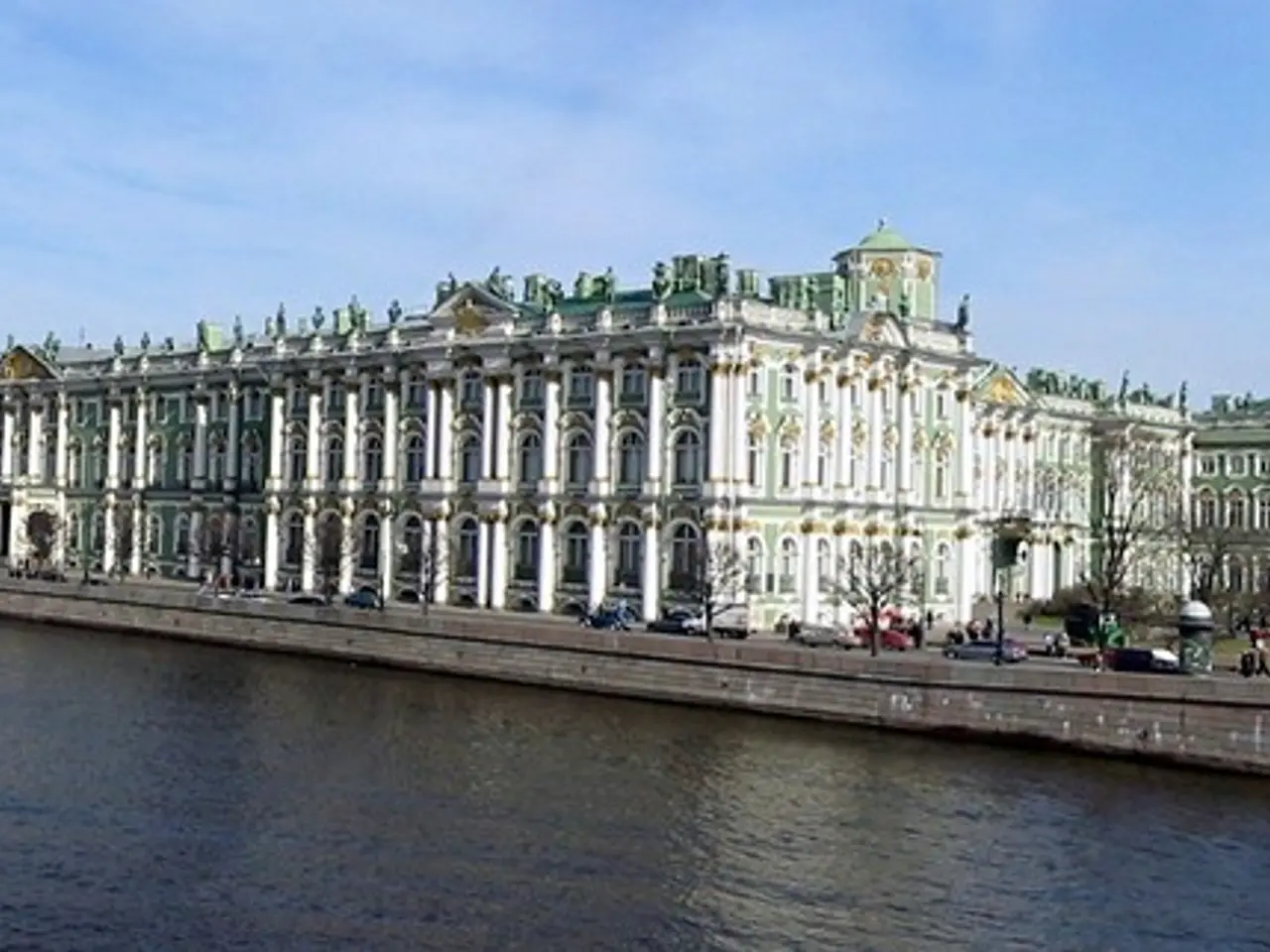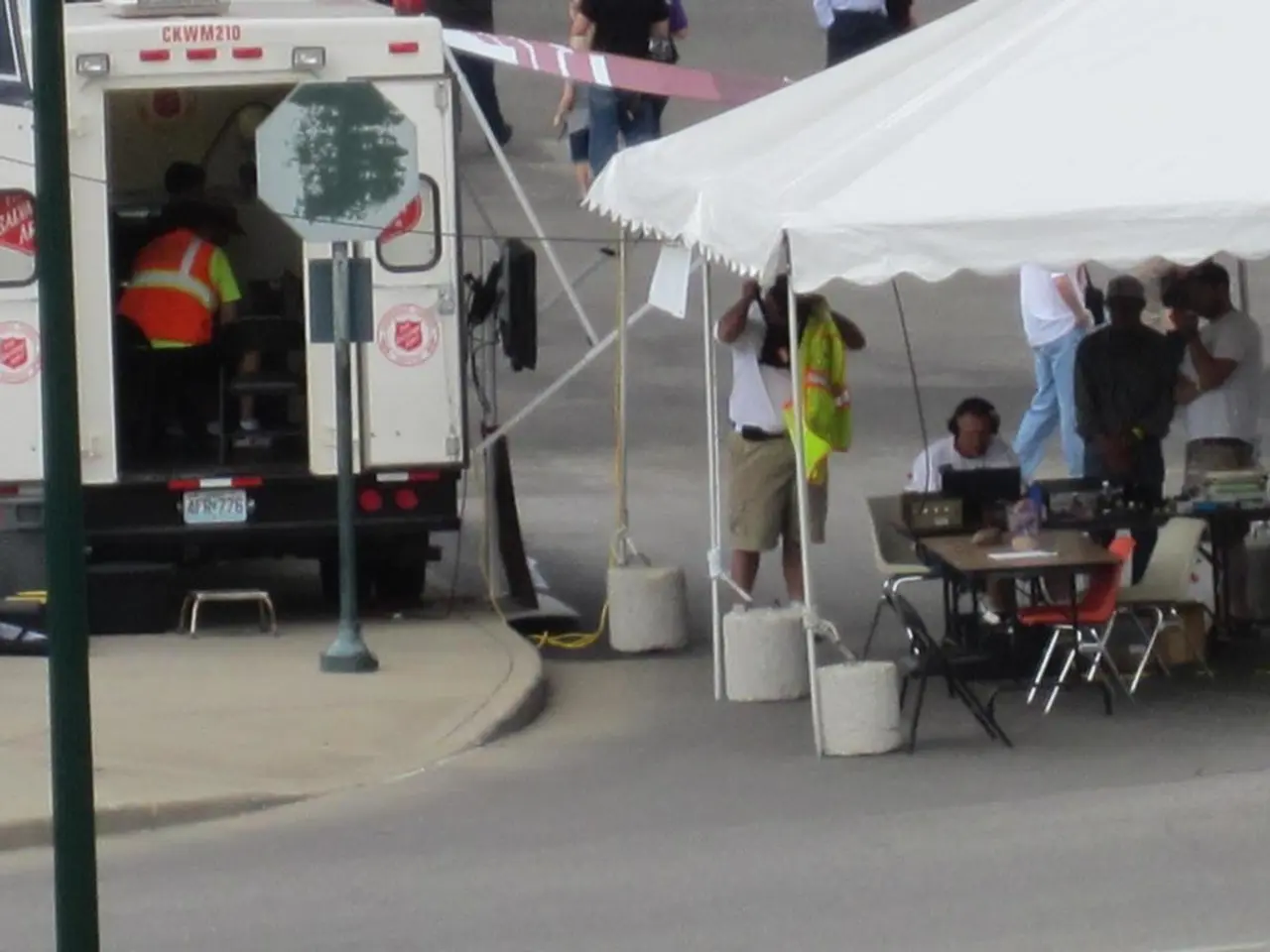Thriving Economy and Increase in Number of Residents
North Rhine-Westphalia (NRW), Germany's most populous state, has witnessed a steady population increase in the first half of 2022, primarily due to higher birth numbers and immigration. Despite the recent increase of 112,000 more deaths than births, statistical corrections added an additional 1,690 people to the population, bringing the total population increase to 186,000.
As of June 2022, NRW had over 18 million inhabitants, with Cologne being its largest city with 1,081,167 inhabitants, followed by Düsseldorf with 625,581. The Rhein-Kreis Neuss district, meanwhile, saw a significant growth from 437,732 in 2011 to 456,937 inhabitants as of June 30, 2022.
The population growth in NRW is influenced by several factors. Germany, as a whole, faces demographic challenges with declining birth rates and an aging population. However, NRW has recorded the highest number of births among German federal states, indicating a relatively higher natural increase compared to others in Germany.
To compensate for the natural population decline and an aging workforce, NRW, like Germany as a whole, benefits significantly from immigration. This influx of people helps to boost population numbers and alleviate workforce shortages. Urban areas in NRW, such as Cologne and Düsseldorf, tend to have younger, more diverse populations due to migration and births.
However, the state is also affected by the demographic change characterized by an aging population and smaller household sizes, leading to a projected population decline without immigration. This trend contributes to a labor shortage and increased pressure on social infrastructure and pension systems.
Heimbach in the district of Düren is the smallest municipality in NRW with 4,345 inhabitants, while Dahlem in the district of Euskirchen is the second smallest with 4,395 inhabitants. In the first half of 2022, 629,000 people moved to NRW, while around 443,000 left the state.
The ongoing dynamic of higher birth numbers, immigration, and an aging native population shapes the workforce availability and social infrastructure planning in NRW. As the state continues to navigate these demographic shifts, it remains a significant economic and cultural hub in western Germany.
In the dynamic context of North Rhine-Westphalia (NRW), politics and general news would focus on the state's population growth, which is significantly influenced by higher birth numbers and immigration. Urban areas such as Cologne and Düsseldorf, with younger, more diverse populations, are crucial in alleviating workforce shortages due to this immigration, while rural areas like Heimbach and Dahlem grapple with smaller populations. Consequently, these demographic changes shape the workforce availability and social infrastructure planning in NRW, making it a focal point of both local and national politics.








